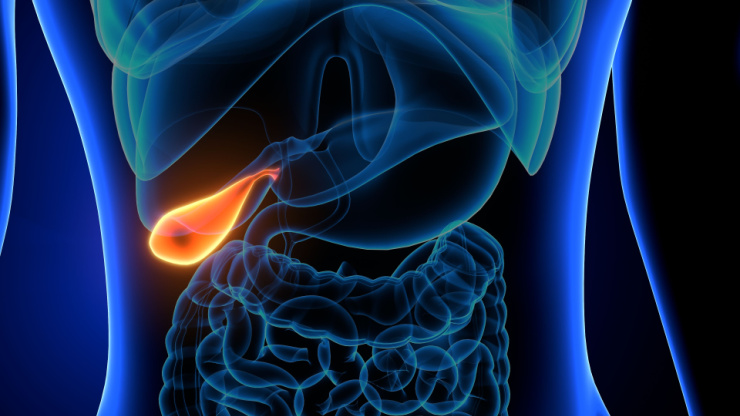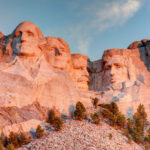At Mercola.com, Dr. Joseph Mercola discusses the risks of gallstones and gallbladder health, writing:
Your gallbladder is a 3- to 4-inch long pear-shaped sack in your abdominal cavity located beneath your liver. It stores and concentrates bile produced by your liver. The bile helps your body break down and absorb the fat you eat.
When you eat fat, your liver sends bile directly into the duodenum (small intestine). Your gallbladder will also spring into action, contracting and squeezing more concentrated bile through the common bile duct into the small intestine to aid in the breakdown of the fat. Carbs and proteins are more easily digested and don’t need this extra bile.
Bile is made up of water, cholesterol, lecithin, bile salts (which break fats into smaller droplets that are easier for digestive enzymes to process) and bile pigments. The primary bile pigment is bilirubin, made from red blood cells that are broken down in the liver. This pigment is responsible for making urine yellow and stool brown.
Your pancreas also plays an important role in the digestive process. It produces and sends enzymes into the common bile duct via the pancreatic duct. Together, the digestive juices from your liver and pancreatic enzymes break down the food you eat into liquid form so that your body can absorb the nutrients from it.
Since your gallbladder is involved in the breakdown of dietary fats, digestive problems — especially when eating fatty foods — can be indicative of a problem, even if you have no other symptoms. Digestive symptoms include frequent abdominal bloating, gas, nausea and/or diarrhea shortly after eating.
Risk Factors and Symptoms of Gallstones
Gallstones are one of the most common types of gallbladder problems that can occur, affecting an estimated 15% of the U.S. population.1 Women are twice as likely as men to develop them, especially during pregnancy or if using birth control pills or hormone replacement therapy.
One of the reasons for this gender difference is because the extra estrogen increases cholesterol while simultaneously slowing down gallbladder emptying. Obesity, diabetes, Crohn’s disease, liver cirrhosis, sickle cell disease, intravenous feeding, a family history of gallstones, use of cholesterol-lowering drugs, high-fat/low-fiber diets and fasting are also risk factors.2,3
Gallstones typically consist of crystallized bile, and if large enough to block a biliary duct, can cause varying degrees of pain. Left untreated, the blockage can lead to cholecystitis, or inflammation of the gallbladder. Common symptoms of cholecystitis include:
Sudden onset of severe pain in the center or upper right quadrant of your abdomen, under your ribcage. The pain is proportional to the pressure inside the gallbladder caused by the blockage and/or swelling due to infection
Pain that radiates to your right shoulder or back, between the shoulder blades A tender abdomen Fever and chills Nausea and/or vomiting Light or chalky colored stools A gallbladder infection needs to be treated to avoid gallbladder rupture, which can be life-threatening, gangrene, or a gallbladder abscess. Abscesses occur when a pocket of pus forms inside the gallbladder. In severe cases of cholecystitis, the gallbladder is removed, but milder cases may be treated with anti-inflammatory drugs.
This is why you want to be really careful with your gallbladder and at the first sign of symptoms treat it as if you didn’t have a gallbladder so you can reverse the process and not have it surgically removed as so many people do. Not much you can do after a surgeon removes it for you as no way are you getting a gallbladder transplant.
Read more here.
If you’re willing to fight for Main Street America, click here to sign up for the Richardcyoung.com free weekly email.






